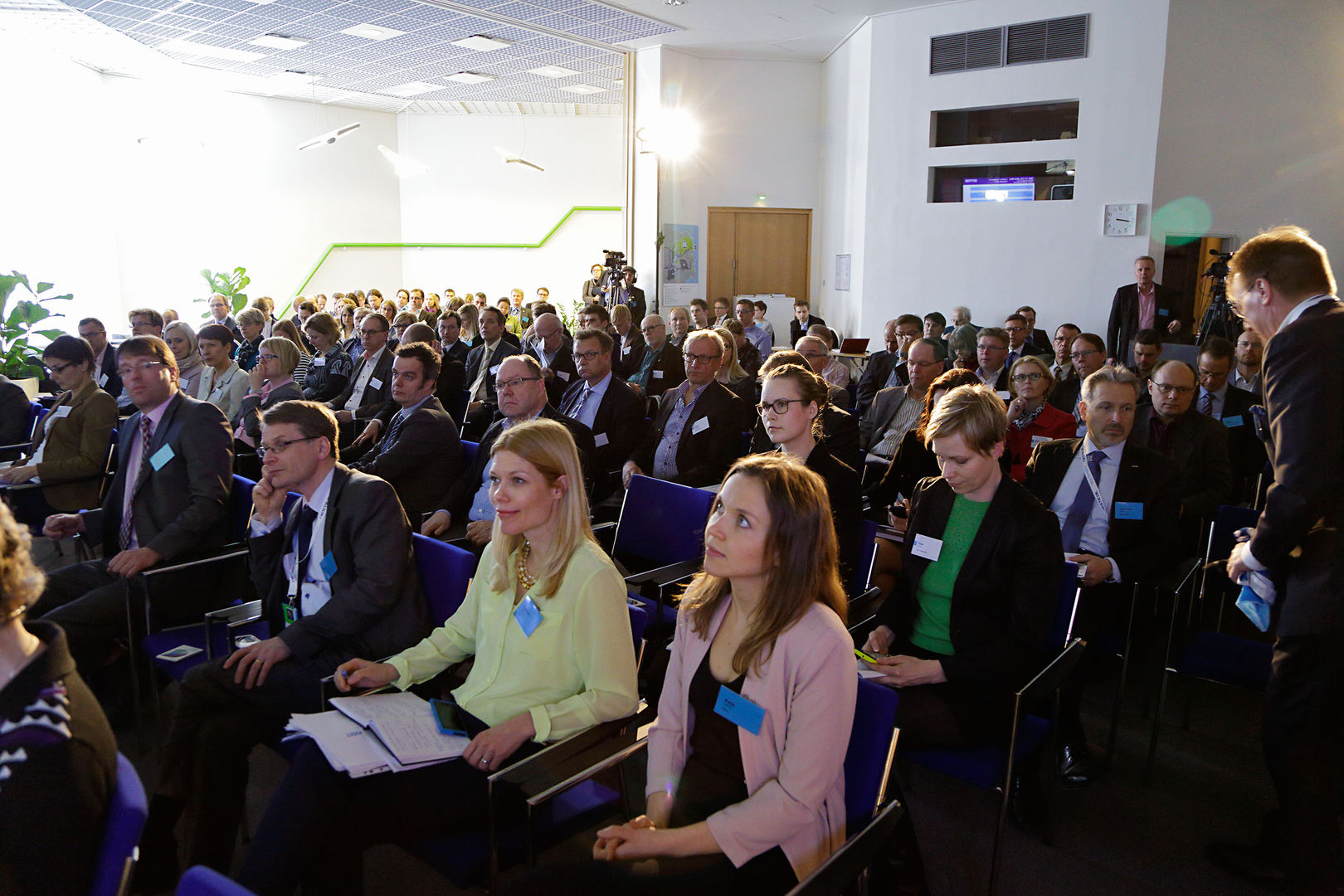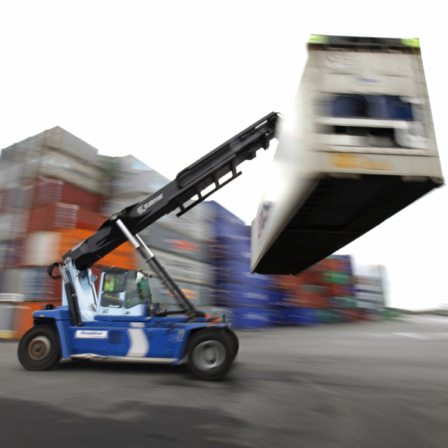According to a recent study by Sitra, one in three companies exploiting industrial symbiosis creates jobs through the recycling of materials.
More efficient and comprehensive resource recycling improves business performance, increases material and energy efficiency, creates jobs, cuts down on waste volumes and reduces the carbon footprint of companies. The survey examined the effects of material cycles on the operations of companies engaged in industrial symbiosis. Responses were given by 90 firms operating across the country.
“Internal resource cycles are highly optimised in Finland, but industrial symbiosis involves resource cycles between companies and sectors,” says Director Mari Pantsar-Kallio of Sitra. “We need to move from planning material cycles within facilities to ecosystem planning, and think about what others could make use of: by-products, wastes, waste heat. For example, logistics and storage could offer lots of opportunities.”
The perspective on recycling and waste processing is too narrow in Finland, says Pantsar-Kallio, and the opportunities for industrial symbiosis are not recognised yet. According to the Finnish Environment Institute, Finns are the worst recyclers in Western Europe.
“We have much room for improvement here – and expertise too. We simply need to change from partial optimisation to a more comprehensive approach: products should be designed to be easy to recycle, and processes should be part of the circular economy. Research shows that if resource efficiency is improved, the EU’s GDP could grow by 240 to 380 billion euros and 1.4 to 2.8 million jobs could be created in Europe,” says Pantsar-Kallio.
In Sitra’s survey, 86 per cent of the companies reported that efficient material cycles bring about cost savings. 58 per cent have improved their material efficiency and 43 per cent their energy efficiency, while 59 per cent have reduced their waste volumes and 25 per cent have improved the availability of raw materials. Furthermore, 33 per cent of the companies said they can create new jobs or save existing ones through symbiosis.
A good example of the significant impact of industrial symbiosis on a business and local economy can be found in Jepua. Abrasives manufacturer KWH Mirka – whose operations are energy-intensive, create a huge carbon footprint and generate large amounts of waste – has engaged in industrial symbiosis in order to solve its problems. The company and the entire municipality of Jepua have now replaced fossil fuels with self-generated bioenergy, and material cycles have been improved using new patented solutions.
“We already have about twenty SMEs [small and medium-sized enterprises] involved in symbiosis solutions: biogas, wood chips and so on. And we believe there’s more to come: waste heat recovery, aluminium oxide cycle. This brings new jobs and business opportunities to the village,” said R & D Director Mats Sundell at Sitra’s Industrial Symbiosis Forum held in Porvoo on Wednesday.
Industrial symbiosis also provides great opportunities for comprehensive solutions related to the phosphorus cycle, a depleting resource whose price is rapidly increasing. Technology company Outotec is working on just such solutions. Under the BioA concept, Finnish enterprises are planning a biorefinery that would produce energy from municipal and agricultural waste and put the nitrogen and phosphorus contained in that waste back into use.
“By using a photobioreactor, we will get eight times as much money back for the same biosludge as we would if we used incineration,” said Project Manager Jari Järvinen of Cursor Oy.
However, the audience debate at the Porvoo forum identified many obstacles to making better use of waste, such as the defining by-products as waste too rapidly, systematic neglect of the waste hierarchy, inflexibility of permit procedures and opportunities provided by the law to use substances with high hormone and heavy metal contents in landscaping and earthworks.
“Major changes are currently taking place in Finland, but they require an enabling environment – and Sitra is also working hard to achieve this. Industrial symbiosis is directly linked to Finland’s current account and provides solutions for replacing imports, increasing domestic business and creating new solutions to environmental problems, which the world is in dire need of,” said Senior Lead Jyri Arponen of Sitra, who heads the Industrial Symbiosis project.
Further information on industrial symbiosis in Finland is available from the Sitra map service (in Finnish) and the project website.






Recommended